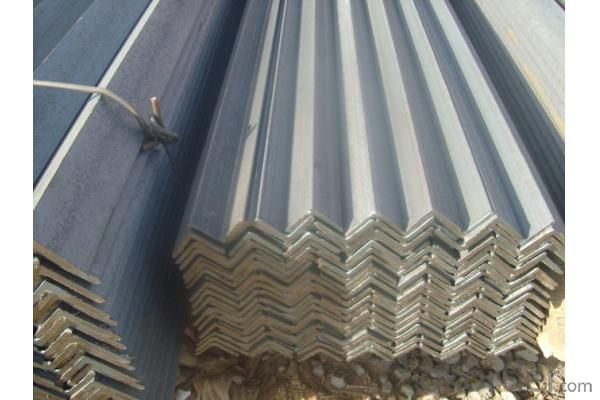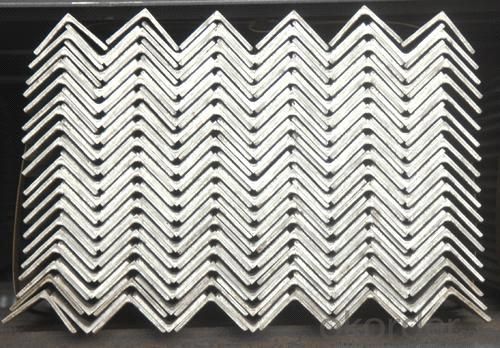Packaging & Delivery
| Packaging Details: | suitable for export with hooks for easy unloading of material with bundle weight. |
|---|---|
| Delivery Detail: | two weeks after advance or lc |
OKorder Service Pledge
OKorder Financial Service
You Might Also Like
Standard:GB
Dimensions:20x20x2mm--200x200x20mm
Grade:Q235
Model Number:20x20x2mm--200x200x20mm
Type:Equal
Application:constructure
| Packaging Details: | suitable for export with hooks for easy unloading of material with bundle weight. |
|---|---|
| Delivery Detail: | two weeks after advance or lc |


Send your message to us
OKorder Service Pledge
OKorder Financial Service
Similar products
Hot products
Hot Searches
Related keywords